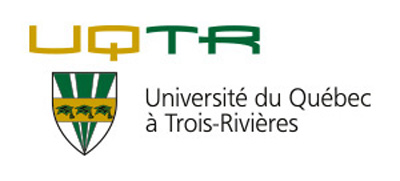Related projects
Discover more projects across a range of sectors and discipline — from AI to cleantech to social innovation.
Mitacs brings innovation to more people in more places across Canada and around the world.
Learn MoreWe work closely with businesses, researchers, and governments to create new pathways to innovation.
Learn MoreNo matter the size of your budget or scope of your research, Mitacs can help you turn ideas into impact.
Learn MoreThe Mitacs Entrepreneur Awards and the Mitacs Awards celebrate inspiring entrepreneurs and innovators who are galvanizing cutting-edge research across Canada.
Learn MoreDiscover the people, the ideas, the projects, and the partnerships that are making news, and creating meaningful impact across the Canadian innovation ecosystem.
Learn MoreWith the advancement of magnetic resonance imaging (MRI) techniques, an exciting time has emerged for research in the field of cerebral anatomy and physiology. The basis of this proposal is to employ a one of a kind imaging technique to drive forward our basic understanding of regional blood flow regulation in the human brain. The circulation of brain blood flow is profoundly influenced by the local prevailing pH (acid-base balance). An increased pH (reduced acidity) of cerebral extra-vascular tissue reduces blood flow, while a decreased pH (increased acidity) increases the cerebral blood flow. Changes in cerebral extra-vascular pH occur daily determined in large part from variations in breathing frequency (and in turn changes in arterial partial pressure of CO2). The natural reactivity of the cerebral vessels to changes in pH appear to be a surrogate for cerebral health. That is, the more the blood flow changes for a given change in pH, the healthier they are. Indeed, those with lower reactivity are at higher risk of cerebrovascular disease. TO BE CONT’D
Philip Ainslie
Katelyn Norton
Welcome Back Pain Management & Upright MRI Centre
Kinesiology
Medical devices
Accelerate
Discover more projects across a range of sectors and discipline — from AI to cleantech to social innovation.
Find the perfect opportunity to put your academic skills and knowledge into practice!
Find ProjectsThe strong support from governments across Canada, international partners, universities, colleges, companies, and community organizations has enabled Mitacs to focus on the core idea that talent and partnerships power innovation — and innovation creates a better future.













































































































































































































































































































